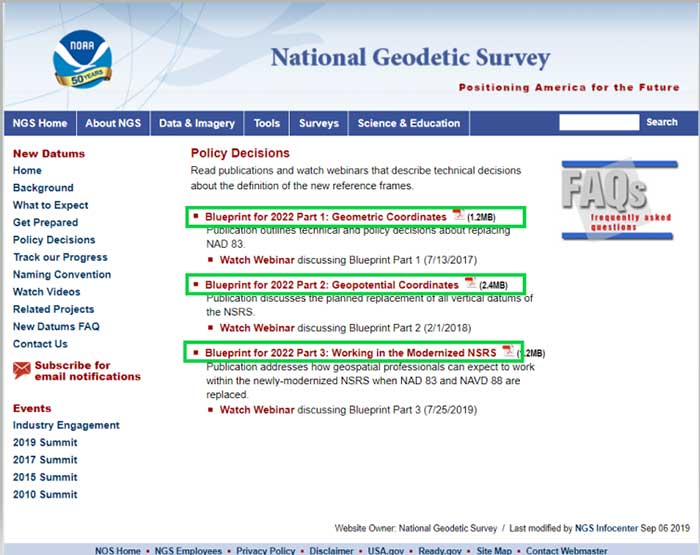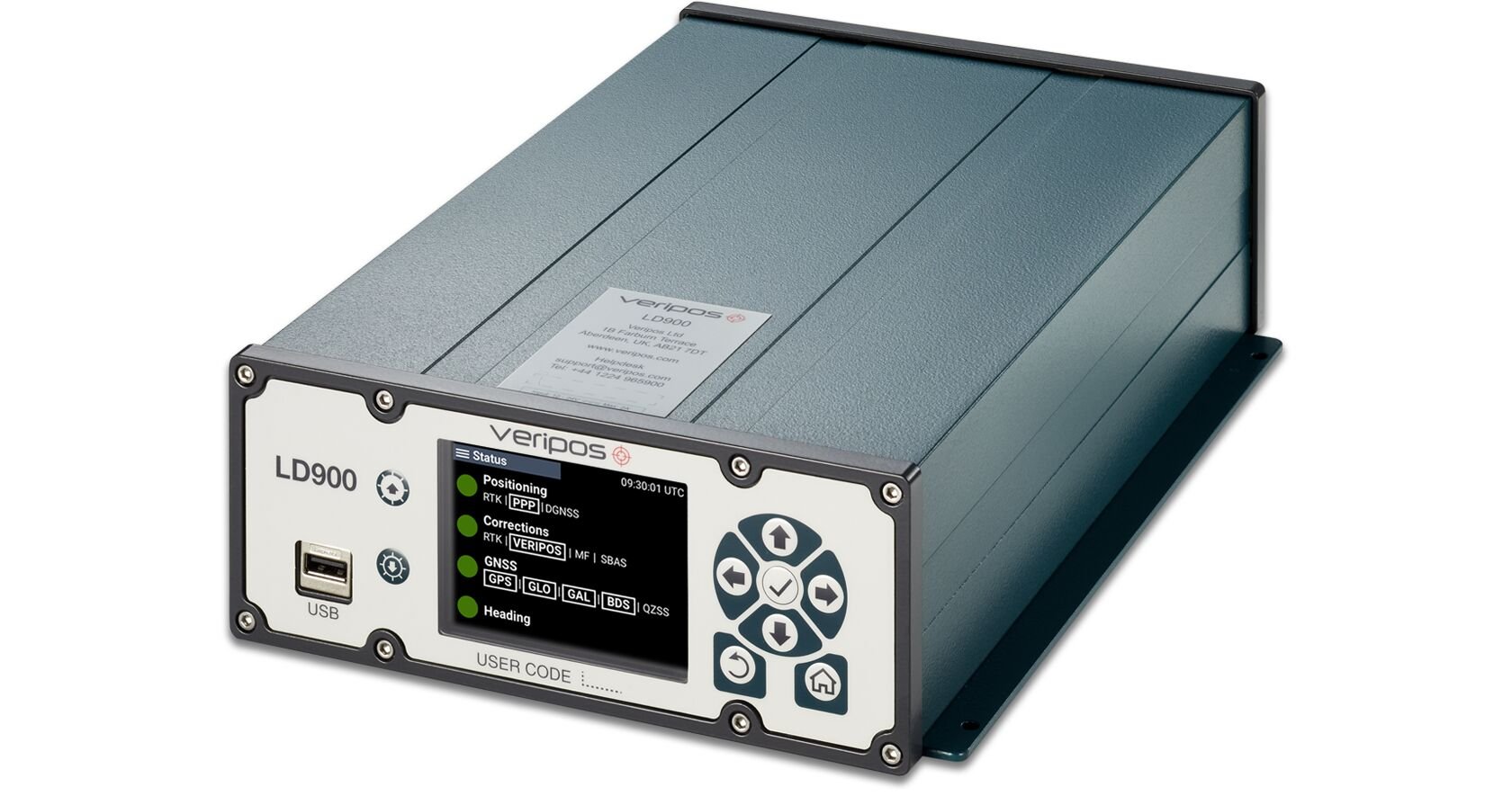- 0 replies
- 1,157 views
- Add Reply
- 0 replies
- 955 views
- Add Reply
- 3 replies
- 2,955 views
- Add Reply
- 5 replies
- 2,331 views
- Add Reply
- 0 replies
- 1,243 views
- Add Reply
CHC Navigation introduces AT661 GNSS geodetic antenna

By Lurker,


CHC Navigation has released the AT661 geodetic antenna for GNSS networks or monitoring applications. The AT GNSS antenna series is the result of years of expertise in GNSS technologies. The compact geodetic GNSS antenna offers performances rivaling those of high-cost and bulky conventional GNSS choke ring antennas, according to CHC Navigation.
The AT661’s supports all current and future GNSS signals, including GPS, GLONASS, BeiDou, Galileo, QZSS, IRNSS, SBAS and L-band. The antenna features
We will need to perform GNSS occupations as part of a leveling project after 2022

By Lurker,


This column will address why users will be required to perform GNSS occupations when submitting a leveling project to the National Geodetic Survey (NGS) after 2022. It will highlight a section of NGS Blueprint for 2022, Part 3, “Working in the Modernized NSRS,” that discusses the process of performing leveling projects after 2022. My October 2017 column briefly discussed NGS’ preliminary plans for incorporating geodetic leveling data into the North American-Pacific Geopotential Datum of 2022 (NA
10 New ArcGIS Pro Lesson Activities, Learn Paths, and Migration Reflections

By Lurker,


A new set of 10 ArcGIS Pro lessons empowers GIS practitioners, instructors, and students with essential skills to find, acquire, format, and analyze public domain spatial data to make decisions. Described in this video, this set was created for 3 reasons: (1) to provide a set of analytical lessons that can be immediately used, (2) to update the original 10 lessons created by my colleague Jill Clark and I to provide a practical component to our Esri Press book The GIS Guide to Public Domain Dat
NASADEM: Creating a New NASA Digital Elevation Model and Associated Products

By Lurker,
Our objective is to provide the scientific and civil communities with a state-of-the-art global digital elevation model (DEM) derived from a combination of Shuttle Radar Topography Mission (SRTM) processing improvements, elevation control, void-filling and merging with data unavailable at the time of the original SRTM production:
NASA SRTM DEMs created with processing improvements at full resolution
NASA's Ice, Cloud,and land Elevation Satellite (ICESat)/Geoscience Laser Altimeter
Veripos release LD900 quad-band GNSS receiver for marine

By Lurker,


Veripos has released the LD900, a quad-band GNSS receiver capable of tracking GPS, GLONASS, BeiDou, Galileo and QZSS constellations to provide reliable and accurate positioning. Access to multiple GNSS signals allow for better satellite availability and reduce the impact of satellite masking or blockage, which can affect positioning.
LD900 also receives L-band signals on multiple channels, providing access to the worldwide independent correction links and services provided by Veripos. With
-
Forum Statistics
8.8k
Total Topics43.5k
Total Posts



